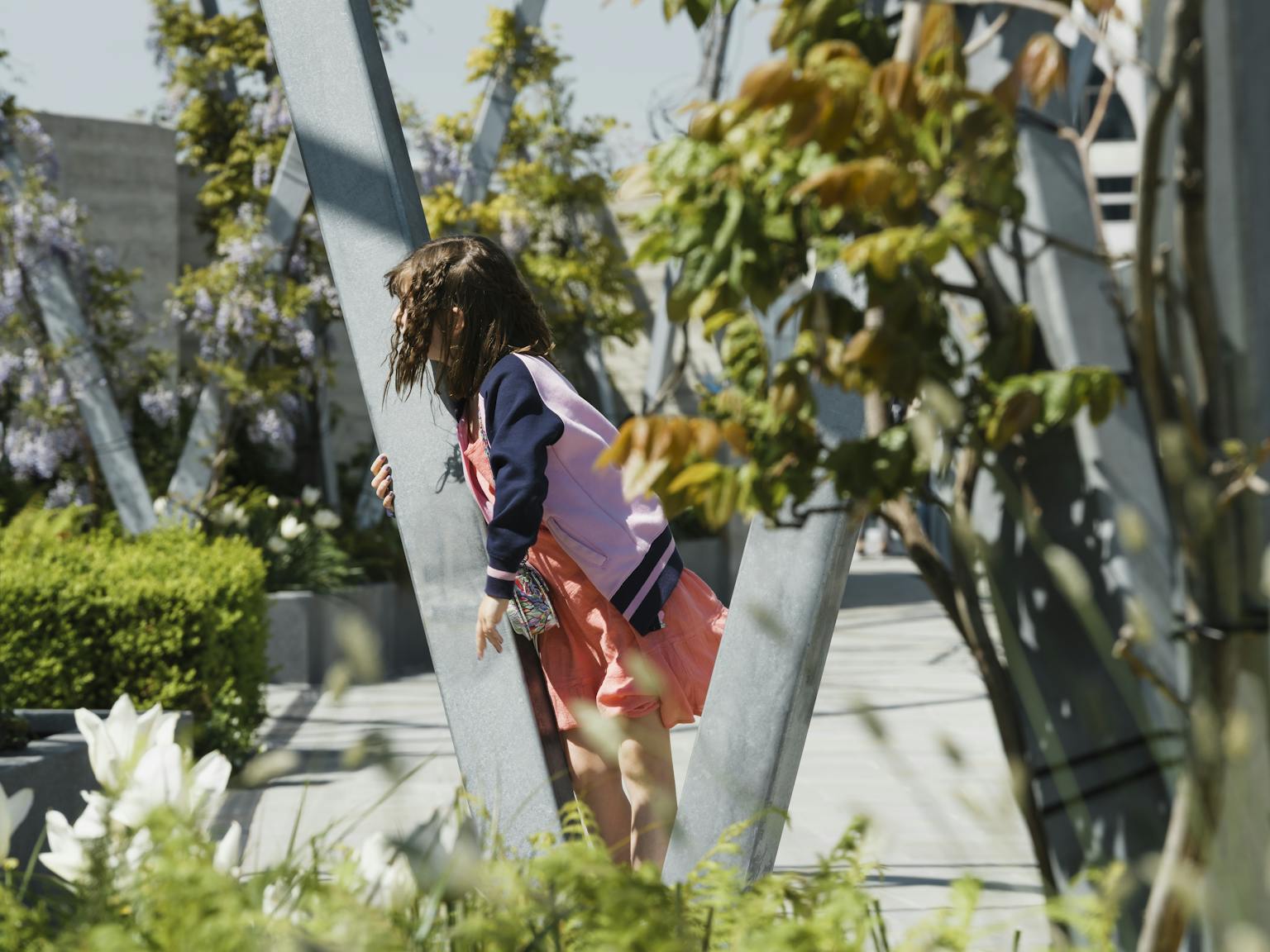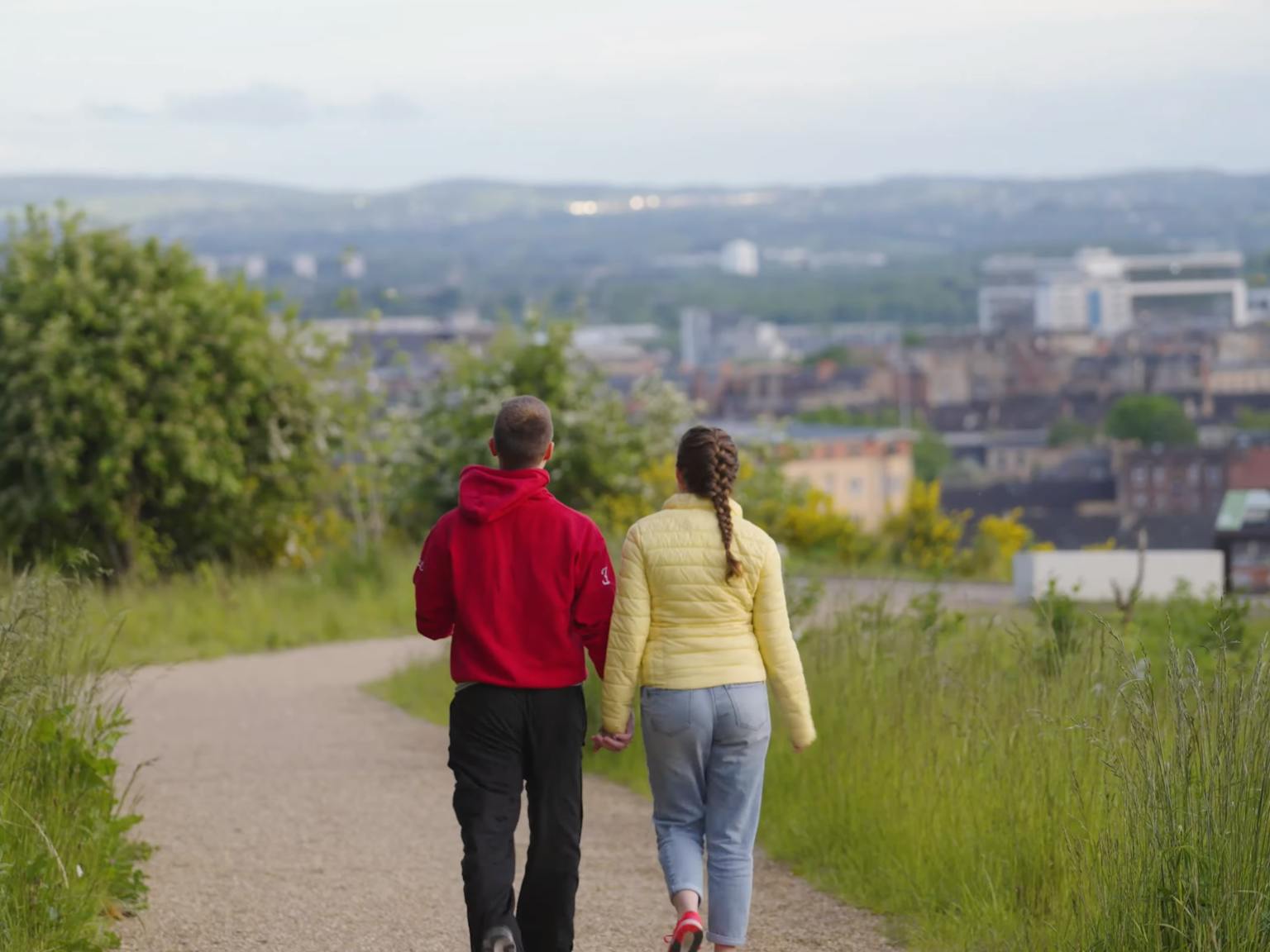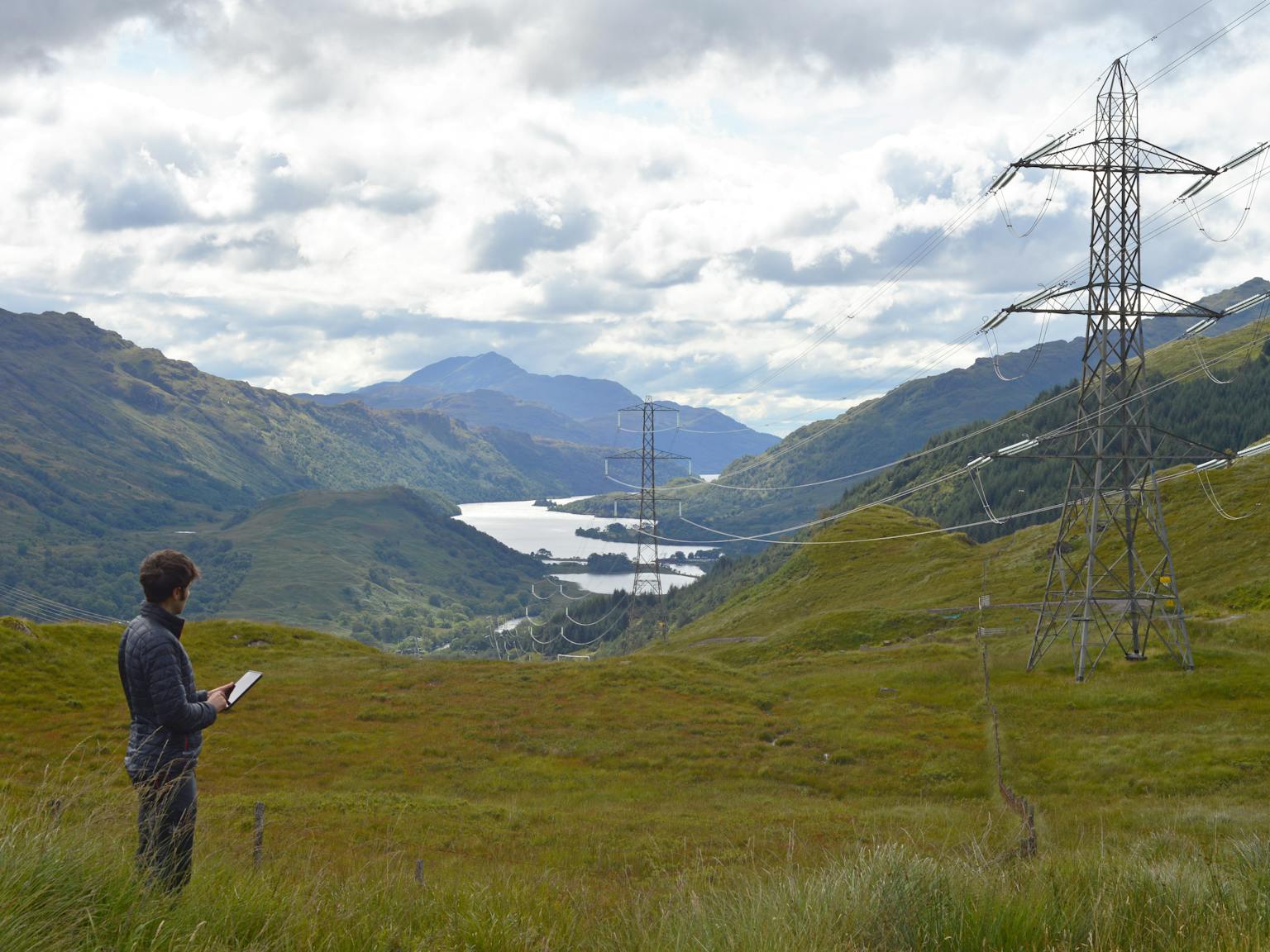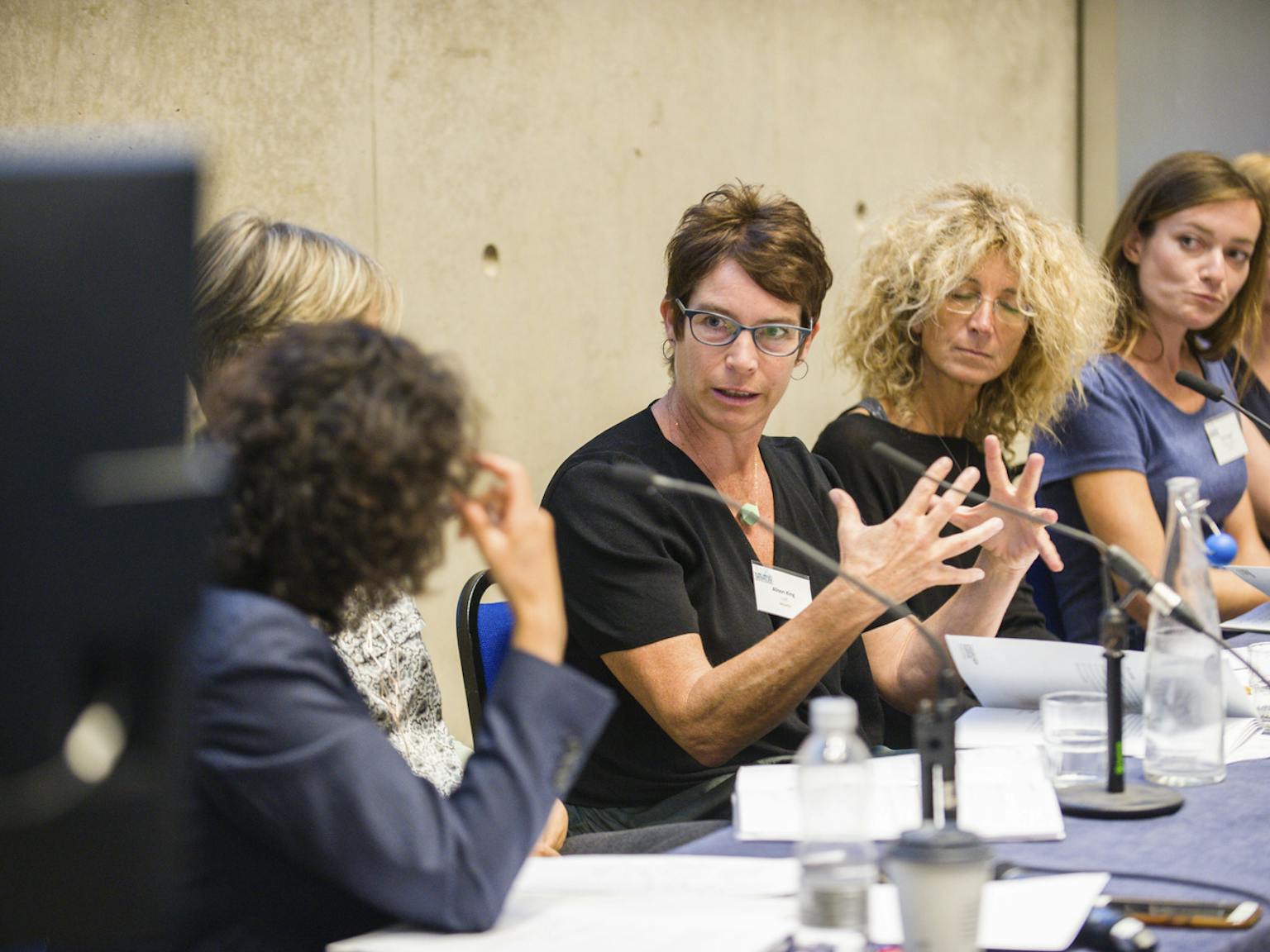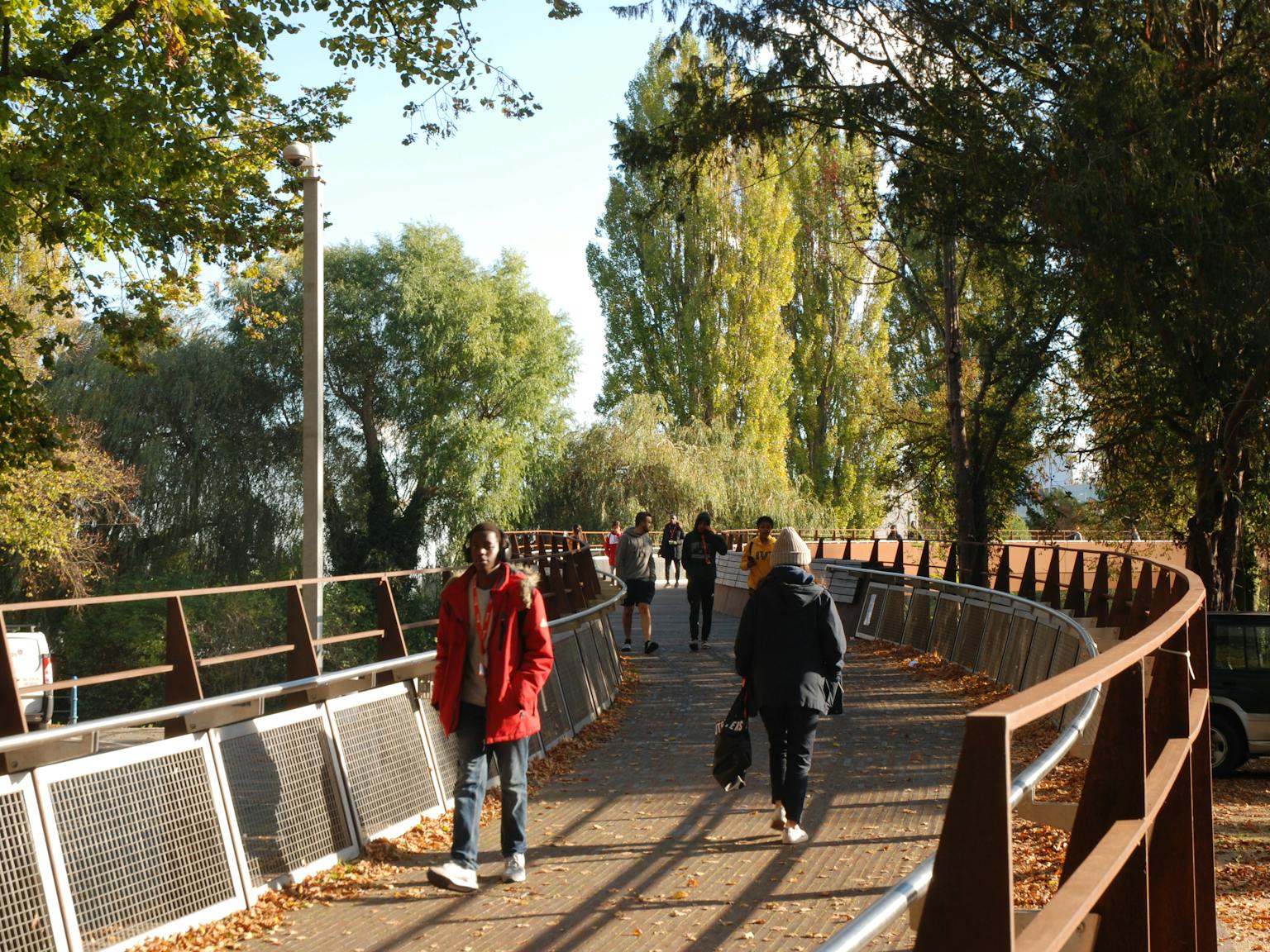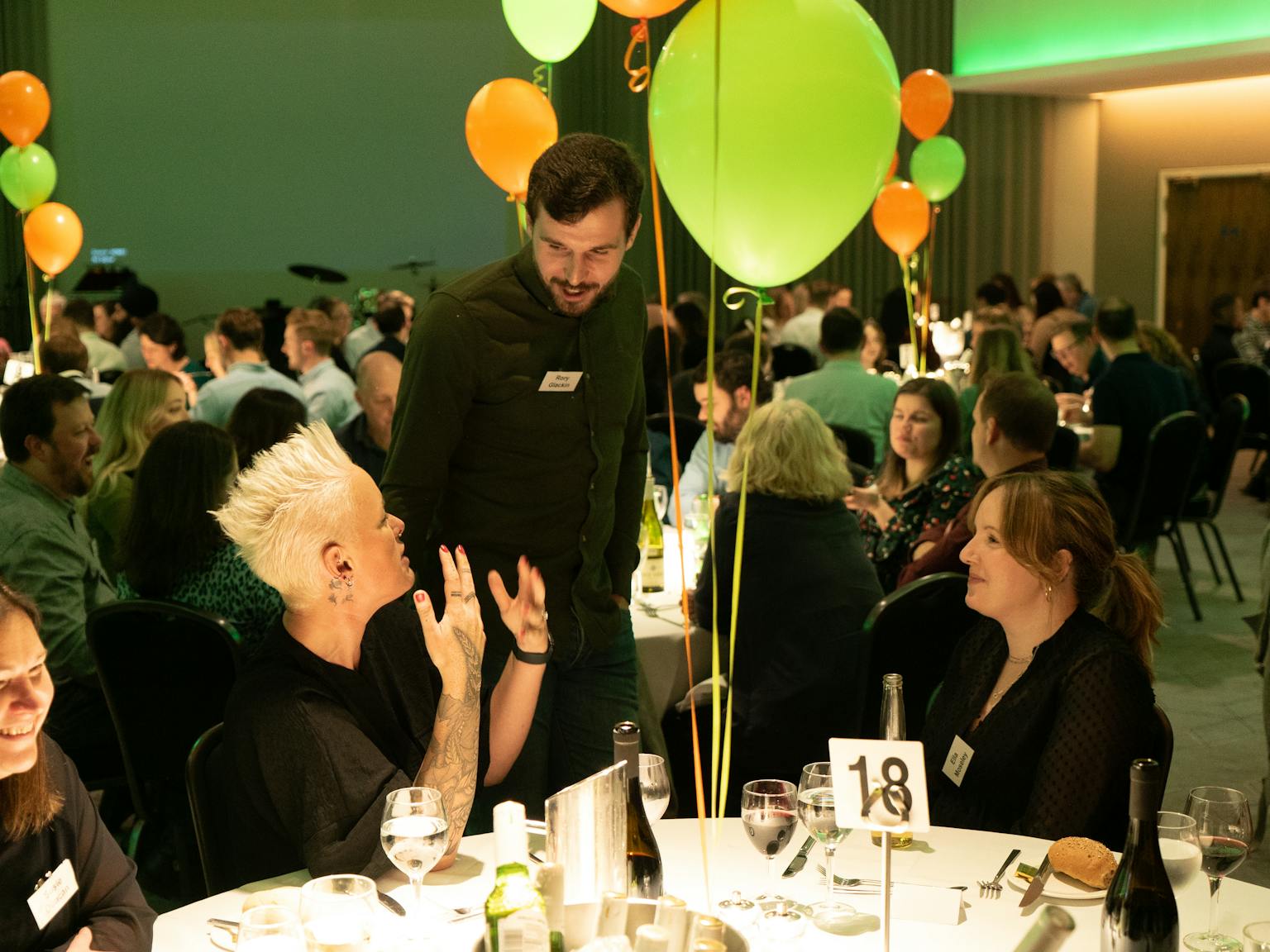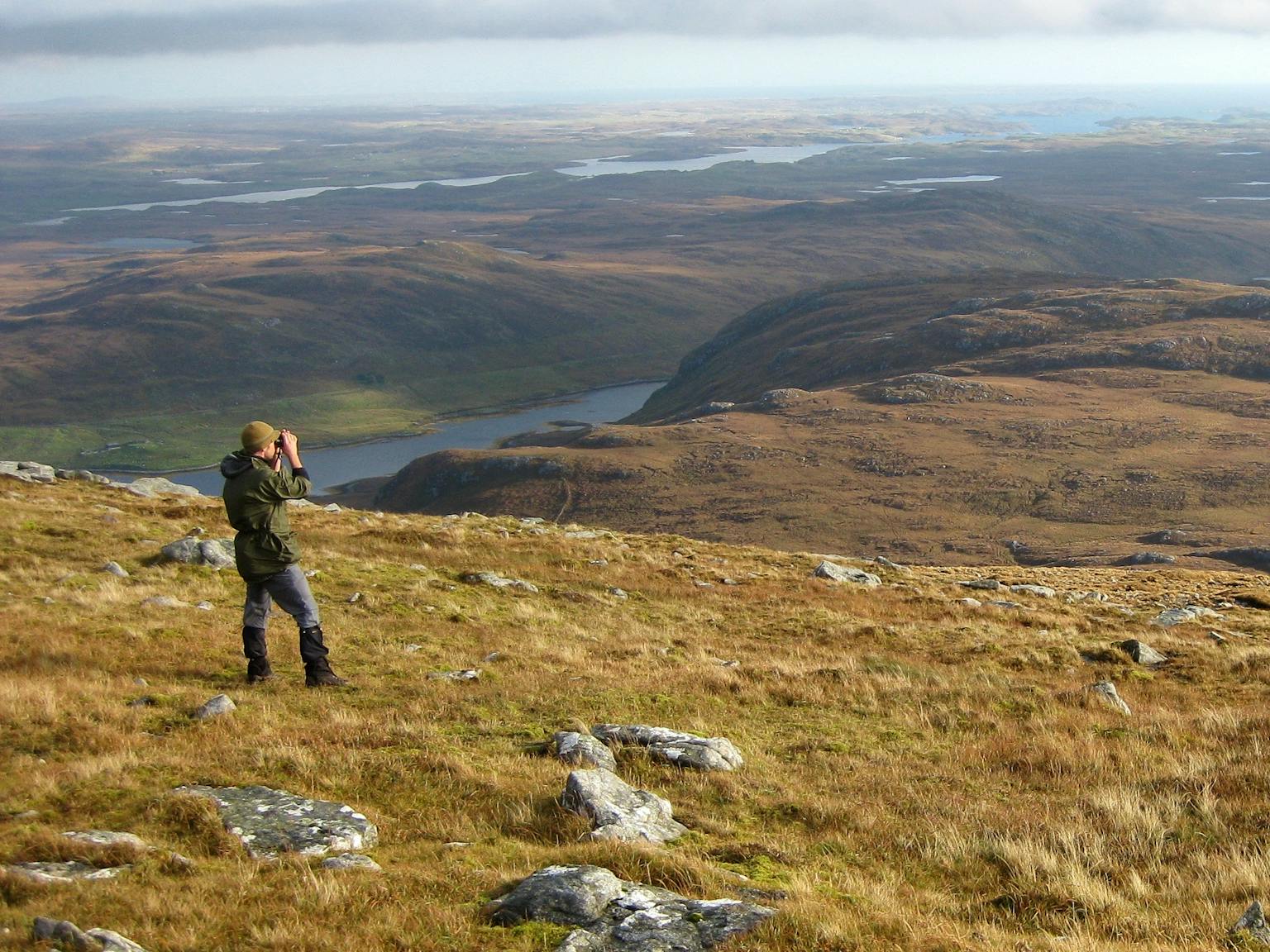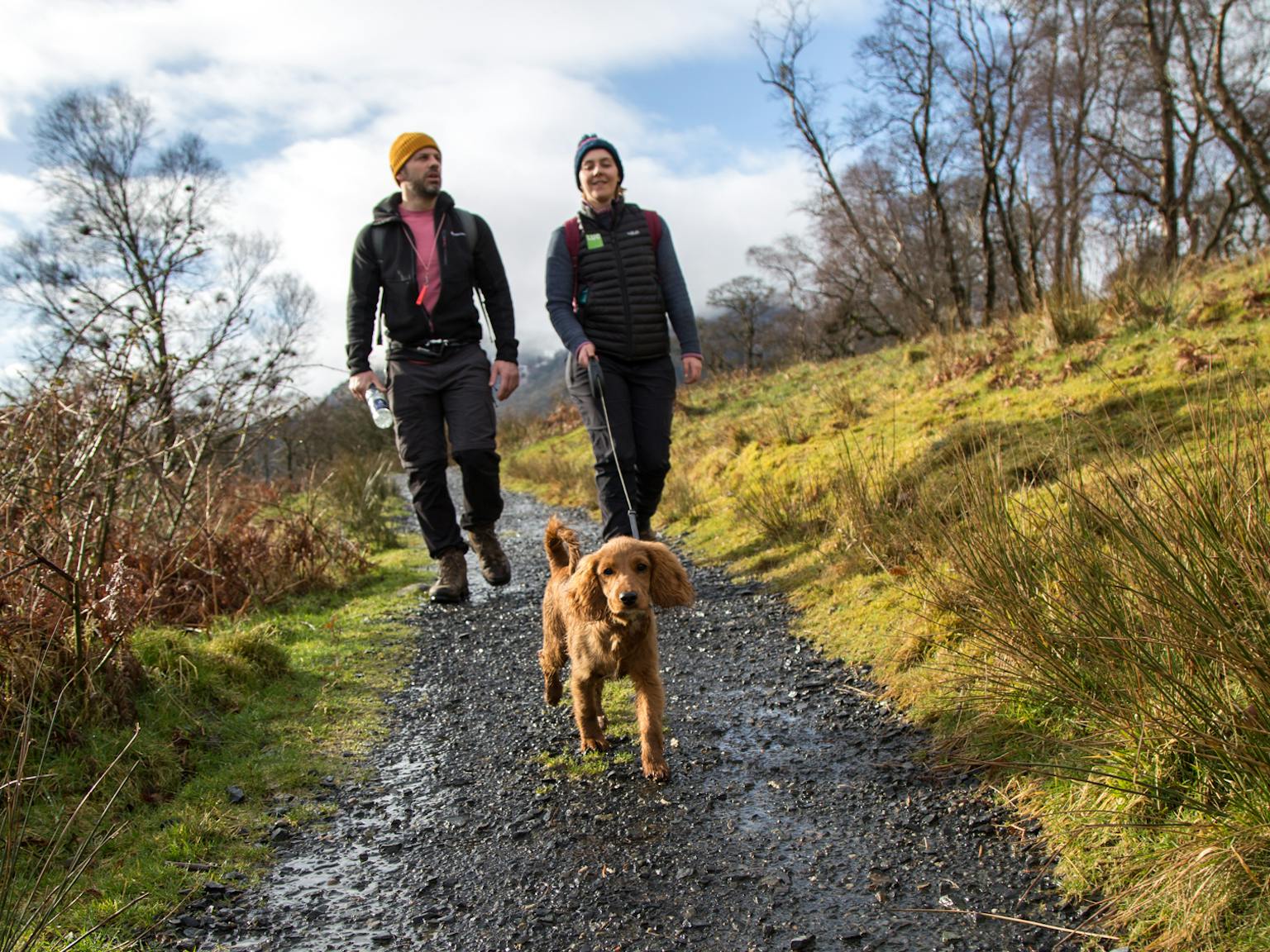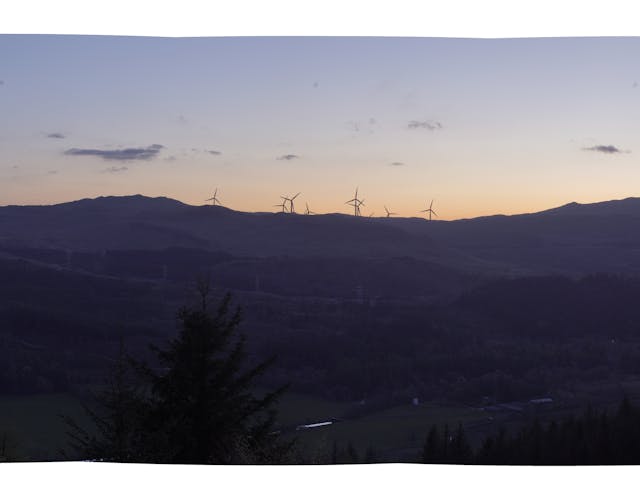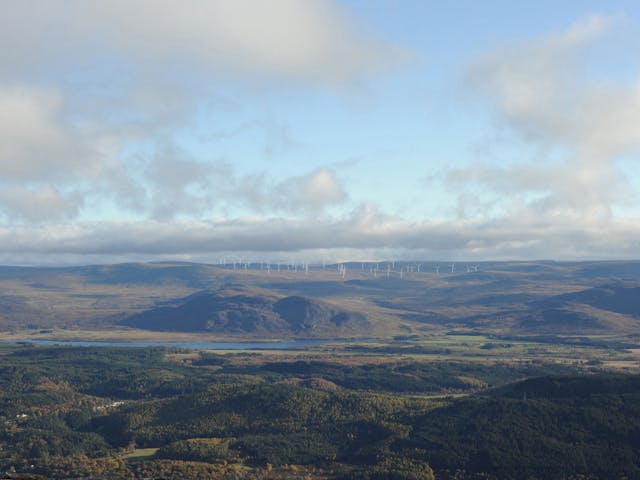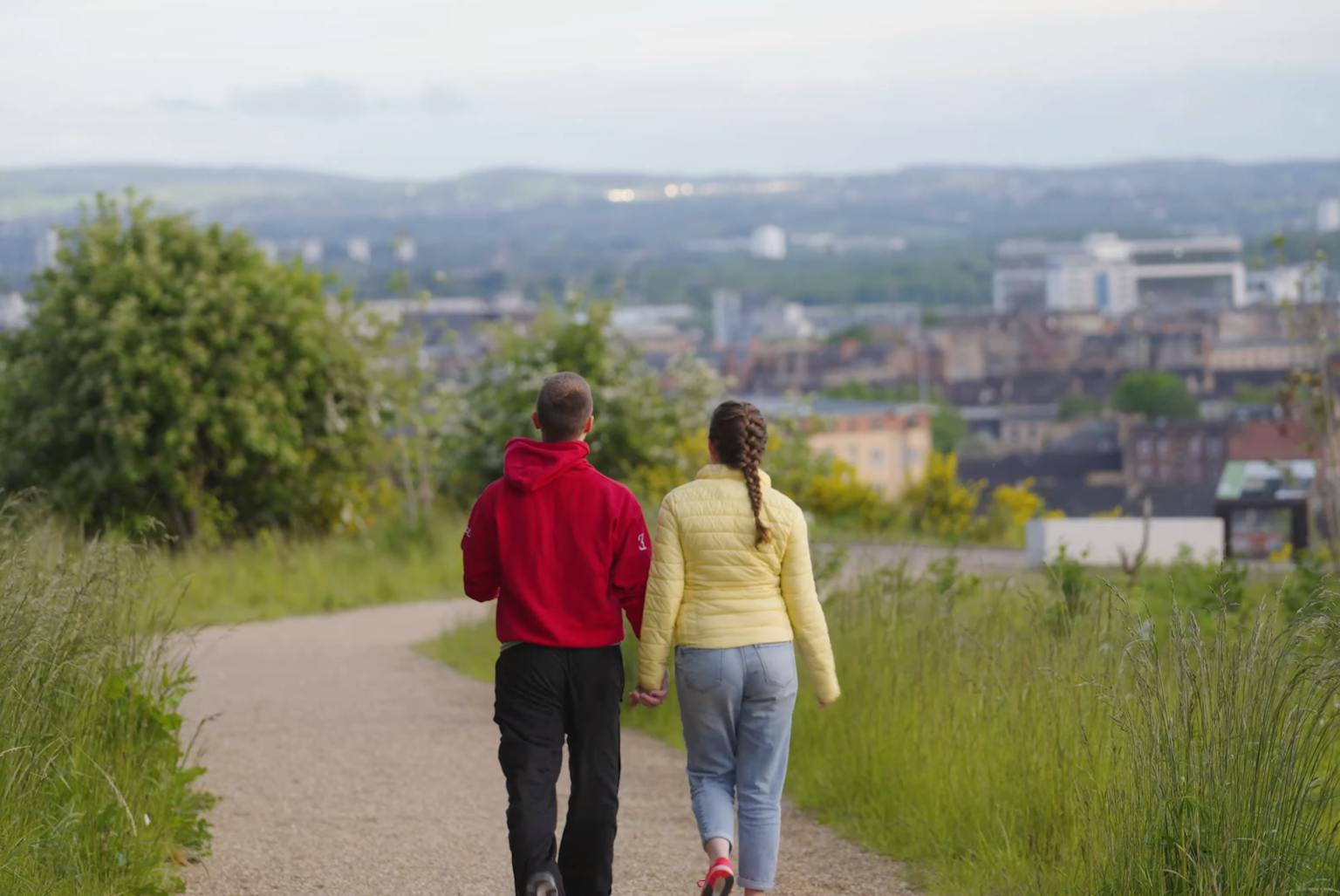
Glasgow Claypits
Creating inner city green spaces
This multi-award-winning project created an inner-city nature reserve in Glasgow and regenerated the Forth and Clyde Canal.
LUC worked with Scottish Canals and partners to transform a neglected, contaminated area into a wildlife haven.
The development has improved the health and well-being of local communities by improving access to enhanced greenspaces while responding to heritage, cultural and ecological sensitivities.
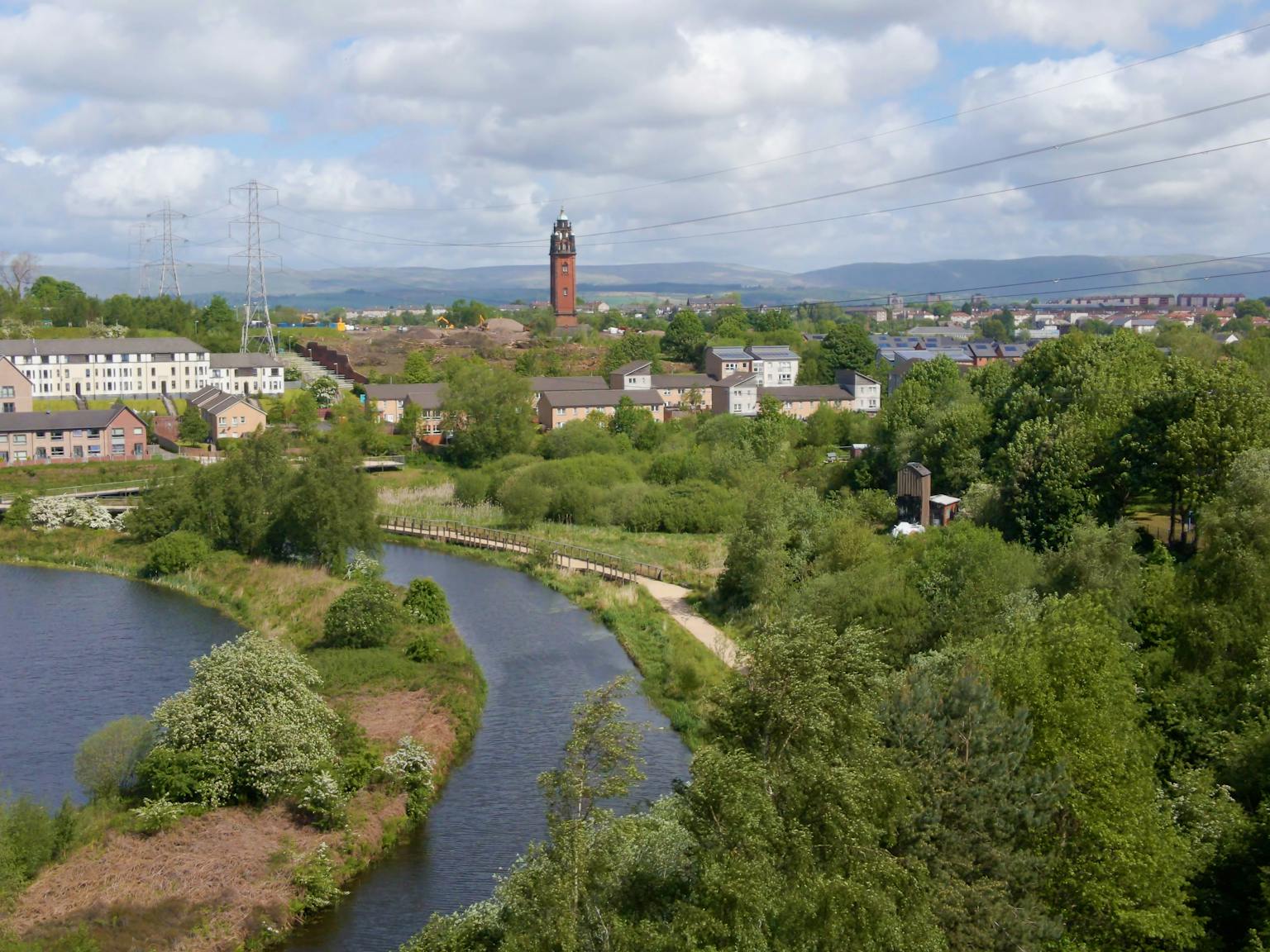
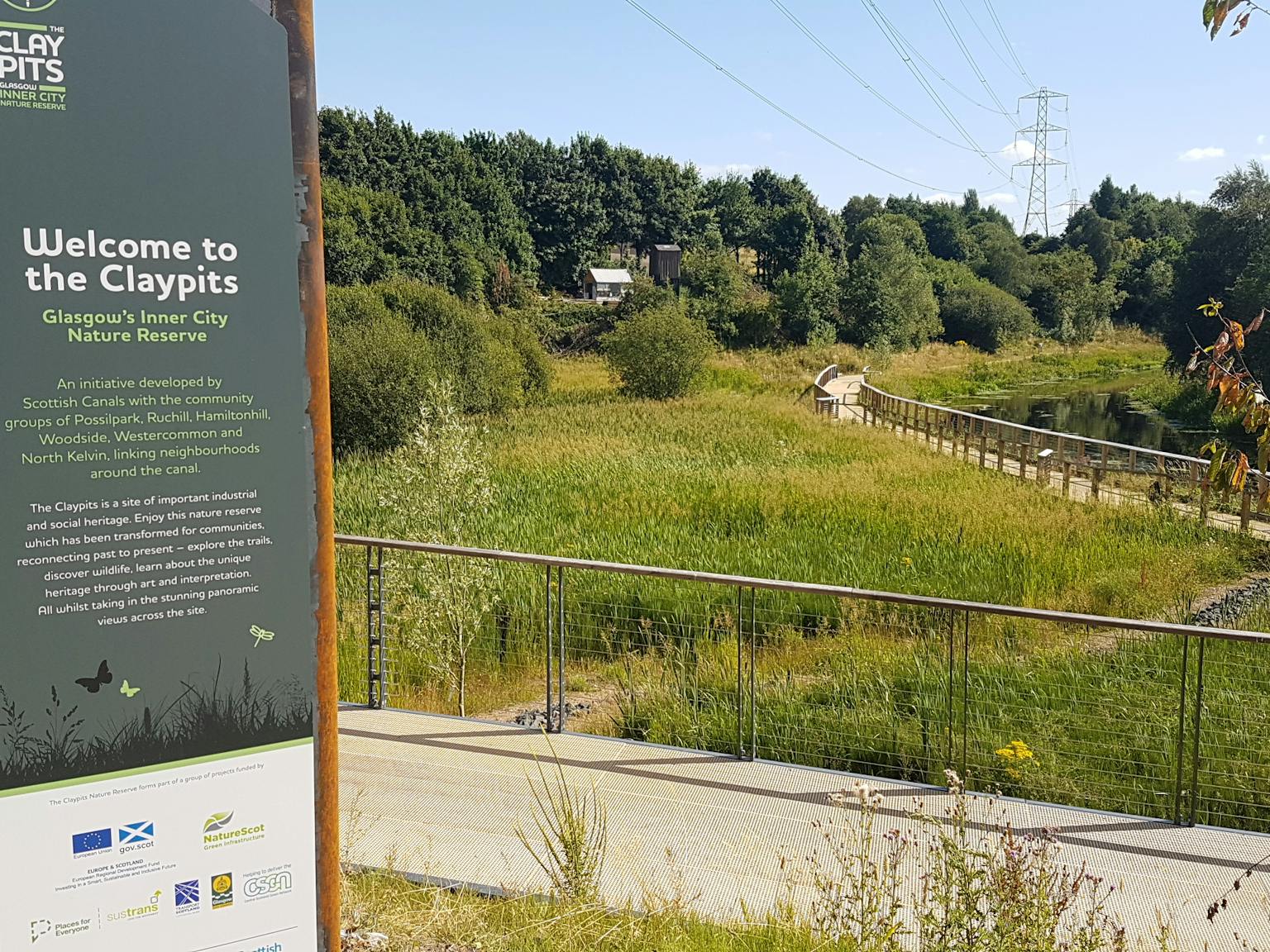
Improving health with access to greenspaces
Formerly designated as vacant and derelict land due to its past industrial use, the site was initially contaminated and unsafe.
However, locals and Scottish canals saw its potential, and it was transformed into a safe, healthy, and welcoming space for nature and local communities.
The regeneration of the area reconnected disadvantaged communities by improving greenspaces and pedestrian and cycle connectivity.

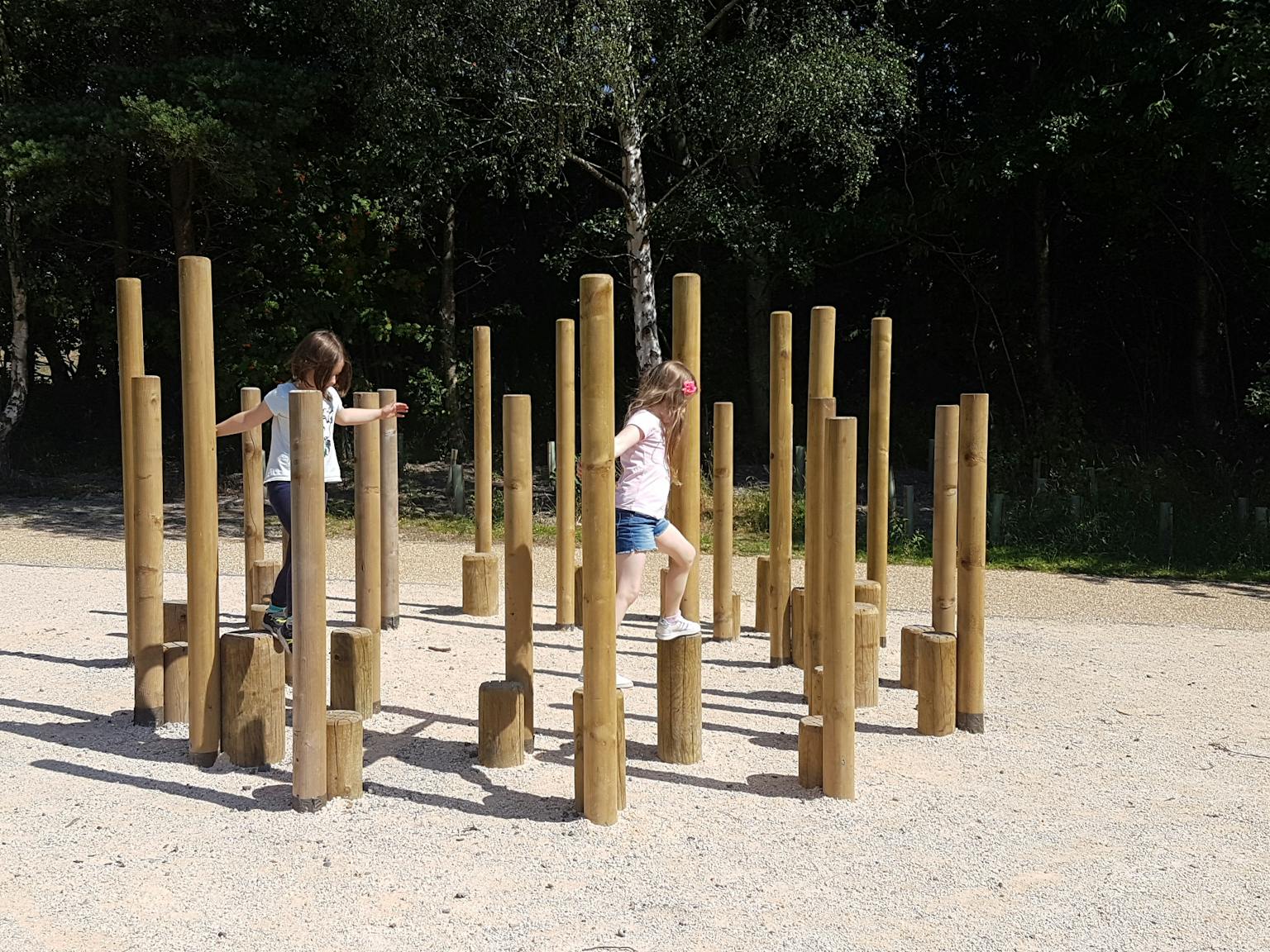
A community effort
Initially, our work was strategic. We prepared an Access and Environmental Improvements Strategy for the wider canal corridor and established a Vision and Development Framework for the area between Applecross and Firhill Basins.
Several community and stakeholder consultation events informed our work.
Most notable was the ‘What floats your boat?’ Charrette - an intensive four-day community consultation process involving guided walks, presentations, workshop sessions, and an art outreach programme.
Connecting with nature
LUC’s involvement focused on the design and delivery of significant green infrastructure improvements based on a comprehensive masterplan for the Claypits area.
This was an underutilised and overgrown greenspace that straddled the canal.
LUC’s masterplan and design proposals harnessed the potential of the site to create an accessible and multi-functional greenspace and Local Nature Reserve.
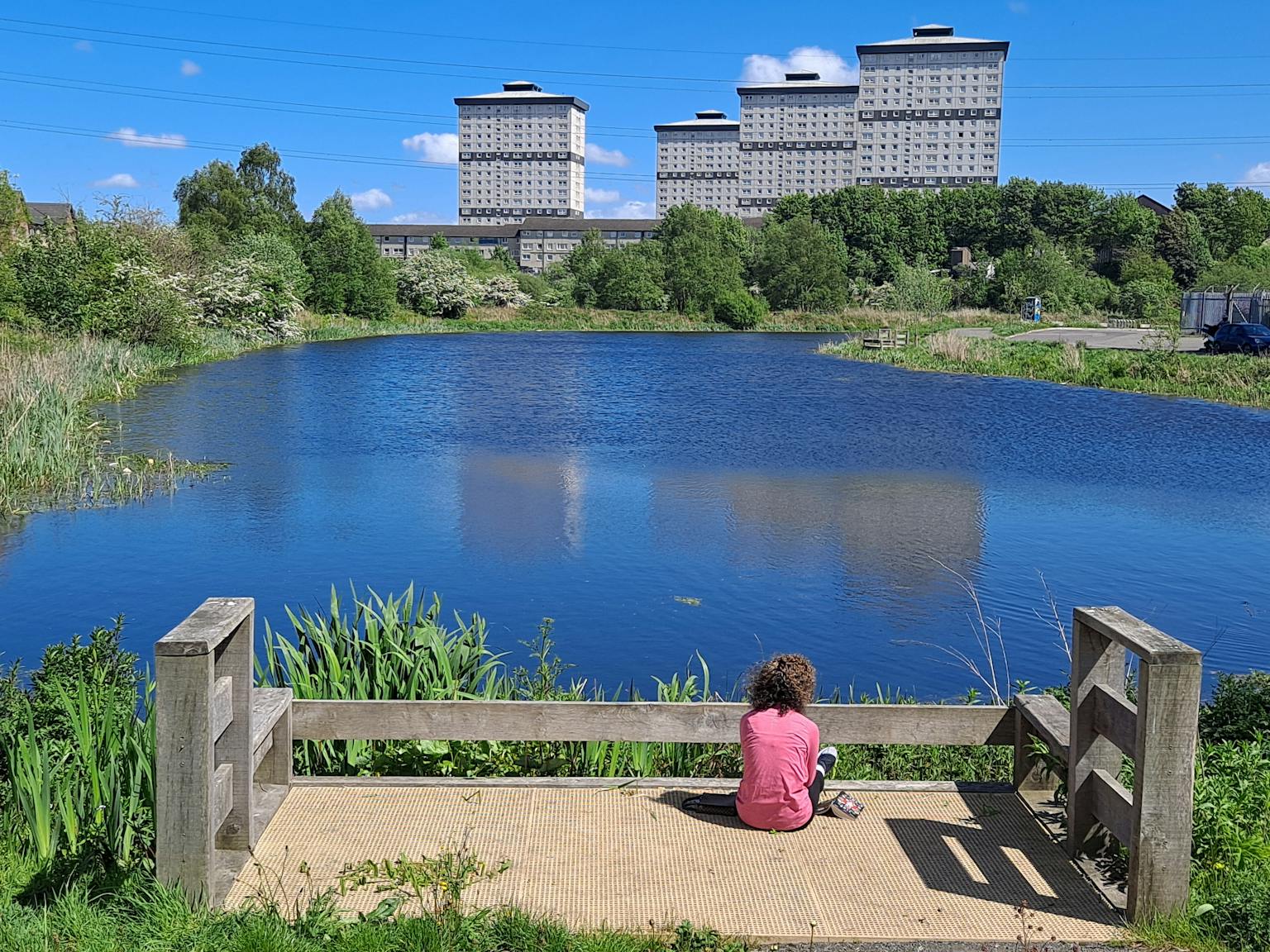

Transforming spaces, connecting communities
1.5km of new pedestrian and cycle path infrastructure, art and play spaces, several bridges and boardwalk structures, and significant SUDS infrastructure integrated with Glasgow’s Smart Canal scheme.
Play areas, street furniture and signage were designed to encourage outdoor activity.
The site has now been redesignated as a Local Nature Reserve and is managed by a committed volunteer community group.
It provides free access to a semi-natural environment for thousands of people from disadvantaged areas.
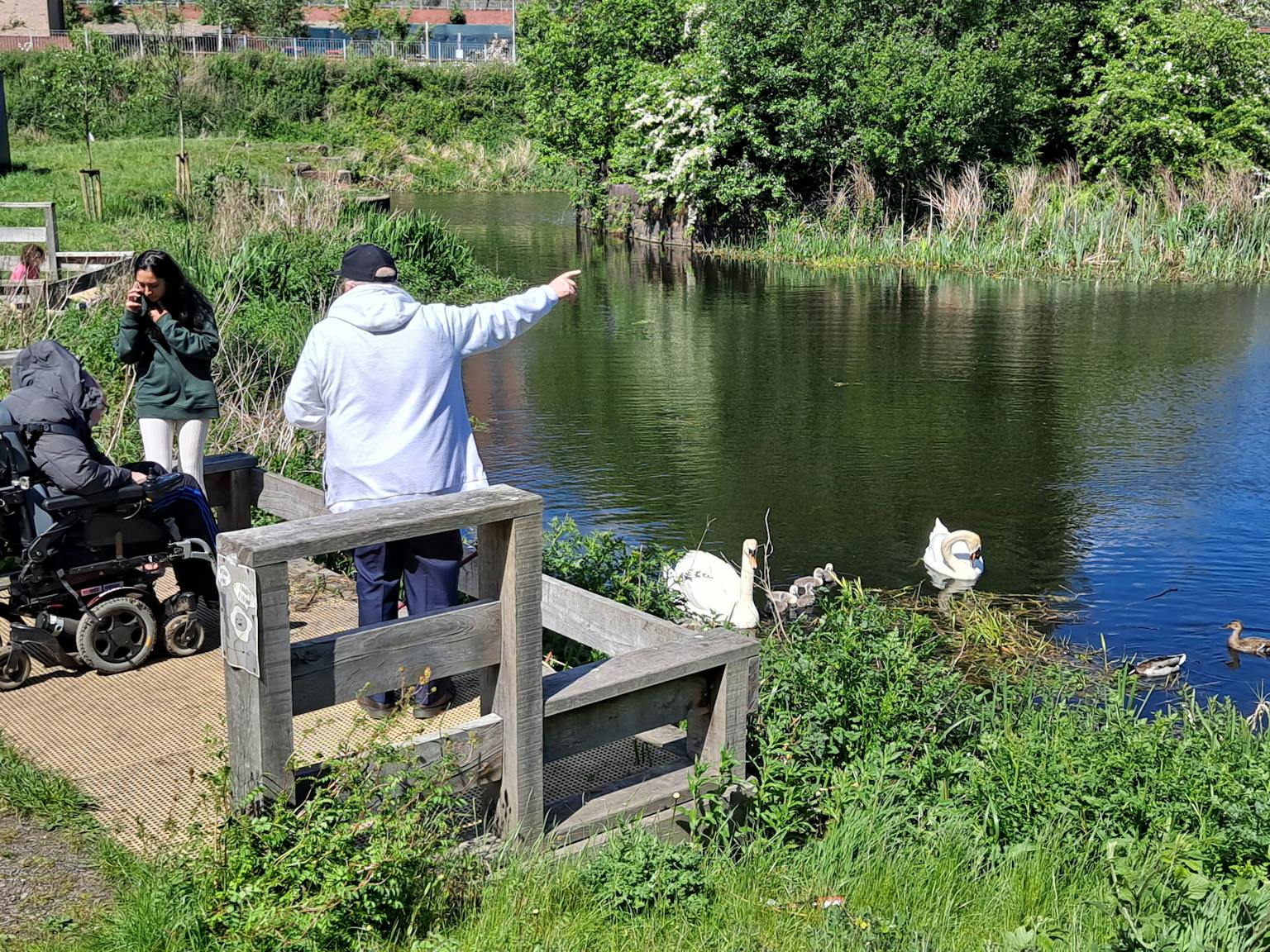
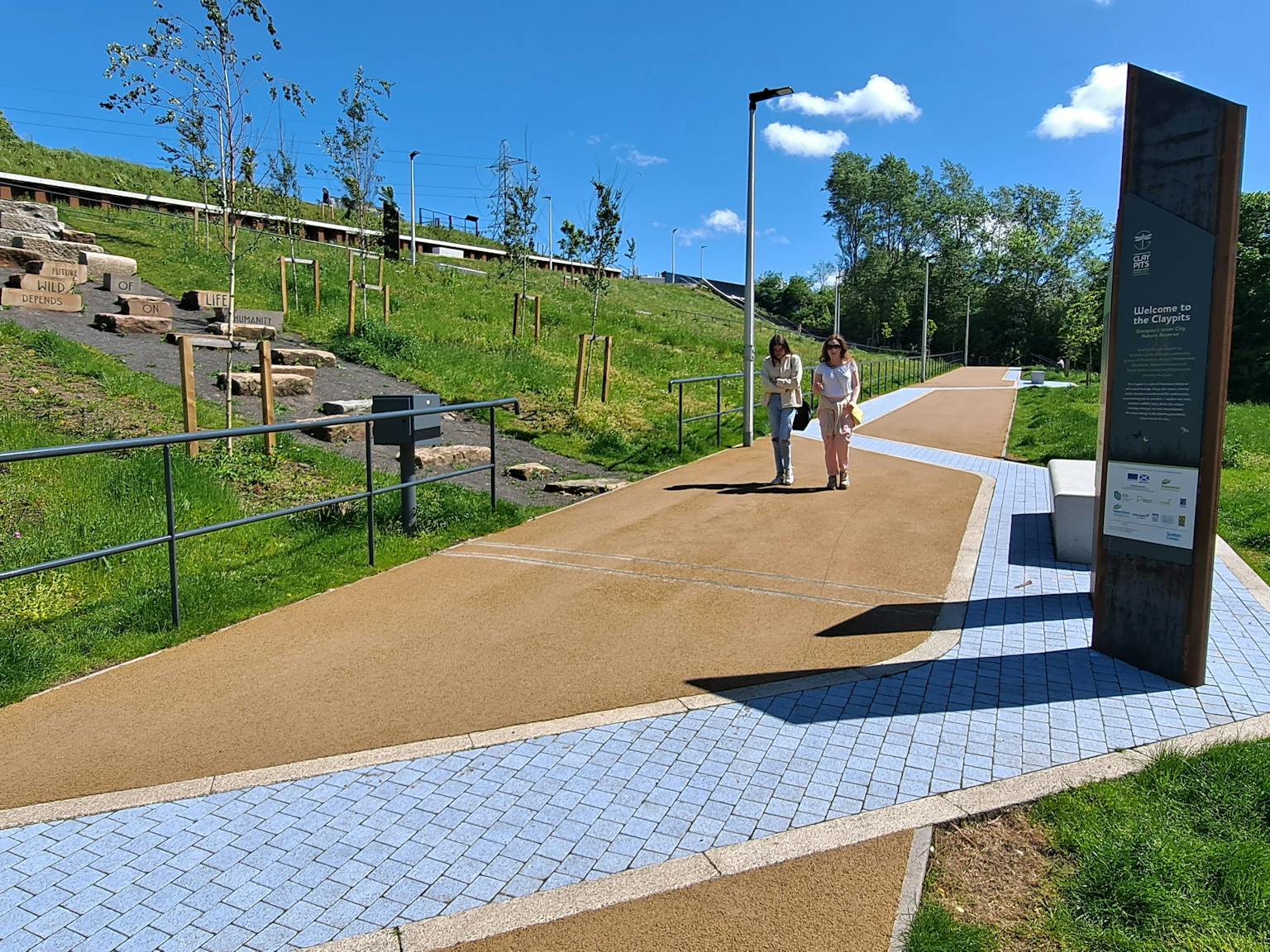
“The project involved landscape design, planning, ecology, landscape management and heritage. LUC, in the process of developing the project with us, had to work across all these different areas, leading the project for seven years.”
Jill MalvenenDesign and Development Manager, Scottish Canals
